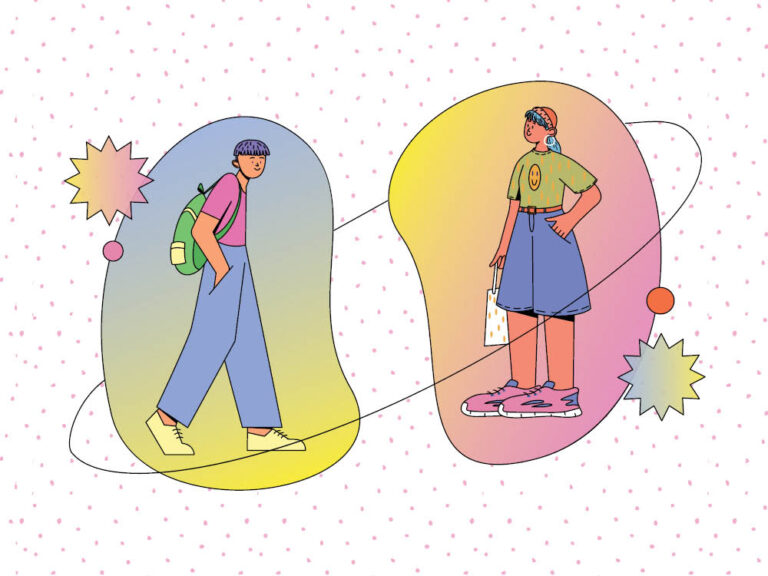
Walking has been used as a conduit for spiritual development for thousands of years and more recent visionaries like the late Steve Jobs also found it illuminating. But science can explain why we see more clearly on a walk…
Walking has been used as a conduit for spiritual development for thousands of years and more recent visionaries like the late Steve Jobs also found it illuminating. But science can explain why we see more clearly on a walk…
There is an art to walking that we lost amid the advent of planes, trains and automobiles. Learning to walk, like learning to talk, is one of the most fundamental skills we master. Once this is accomplished, the activity of walking is often taken for granted – what originally took millennia now takes us a matter of months and is just as quickly substituted by ever faster means of getting from A to B.
In our haste to get to our destination, we risk becoming disconnected from one of the most formative, atavistic aspects of ourselves: our peripateticism.
We wandered thousands of miles from the African womb at the beginning of the interglacial period we are still experiencing, united in a search for food. When small pockets of agriculture began to patchwork the more populated nooks of the globe and our ancestors no longer had to roam to live, people didn’t stop walking. In fact, once the veil of necessity (food) had been removed, walking became a revered, spiritual practice.
What was once the practice of visionaries and mystics has, in recent decades, become the habit of the wizards of Silicon Valley. The late Steve Jobs, for example, became notorious not only for walking the streets and suburbs of Palo Alto; but also for conducting ‘walking-meetings’ – a practice he imparted to Facebook founder Mark Zuckerberg, for whom walking and walking-meetings, have now also become routine.
Jobs – undoubtedly a tech visionary – had embarked on a two year “vision quest” before founding Apple computers, but why did he have such a penchant for walking the streets of Palo Alto?
Smart man that he was, Jobs knew there would be evidence it worked. Walking – even just three times a week for 30 minutes – increases the production of dopamine, serotonin and a key growth hormone called BDNF. It has also been well documented that walking enhances our immunity against colds. But a recent study by Stanford University has revealed that Jobs probably walked so frequently in order to boost inspiration and creativity.
Mary Oppezzo and Daniel Schwartz’s study concluded that both productivity and creative thinking could be increased by an average of 60% when someone was walking or had recently been walking. ‘This isn’t to say that every task at work should be done while simultaneously walking, but those who require a fresh perspective or new ideas would benefit from it,’ said Oppezzo.
The mere action of walking stimulates and triggers subconscious knowledge; bringing it bubbling to the surface. ‘I thought walking outside would blow everything out of the water, but walking on a treadmill in a small, boring room still had strong results, which surprised me,’ Oppezzo said.
This is perhaps because much of the magic of walking, like meditation, lies in breathing. To ‘inspire’ in Latin, is to ‘breathe life’ into something. So as our breathing becomes as rhythmic as our footsteps, we are literally ‘inspiring’ ourselves. The rhythm of our own footsteps, our own breathing – like the meditative beat of a drum – is enough to bring about a chorus of realisation.
Many great spiritual and existential thinkers, writers, artists, composers, musicians and scientists have been avid walkers: from Mozart, Jane Austen and Einstein, to Coleridge, Keats and Emily Dickinson.
One of the most beautiful examples of the simple delight of walking however, comes from Friedrich Nietzche in his book The Joyful Wisdom:
‘We do not belong to those who have ideas only among books, when stimulated by books. It is our habit to think outdoors – walking, leaping, climbing, dancing, preferably on lonely mountains or near the sea where even the trails become thoughtful.’



















